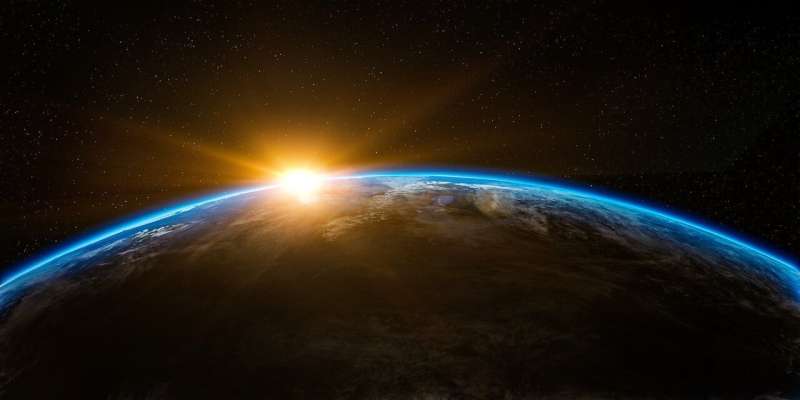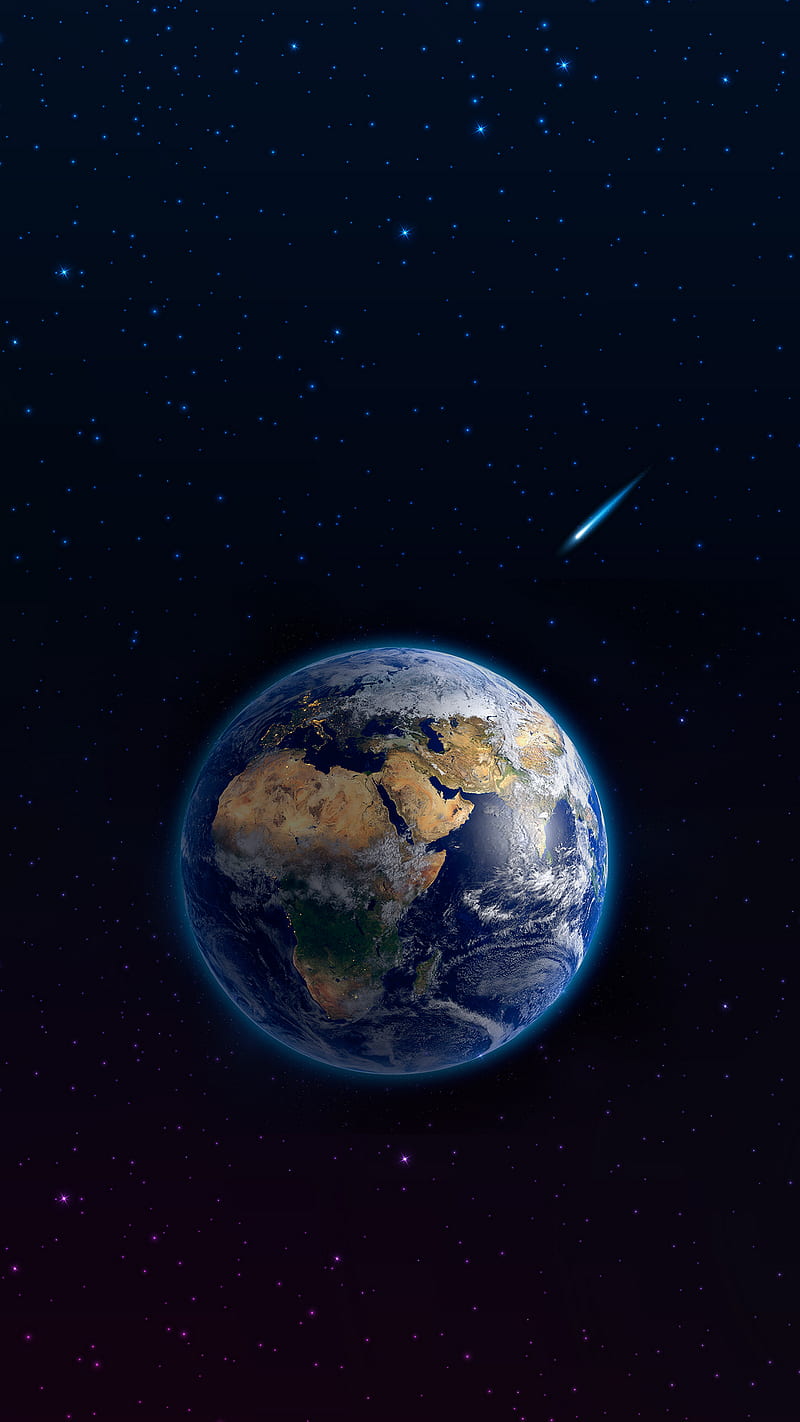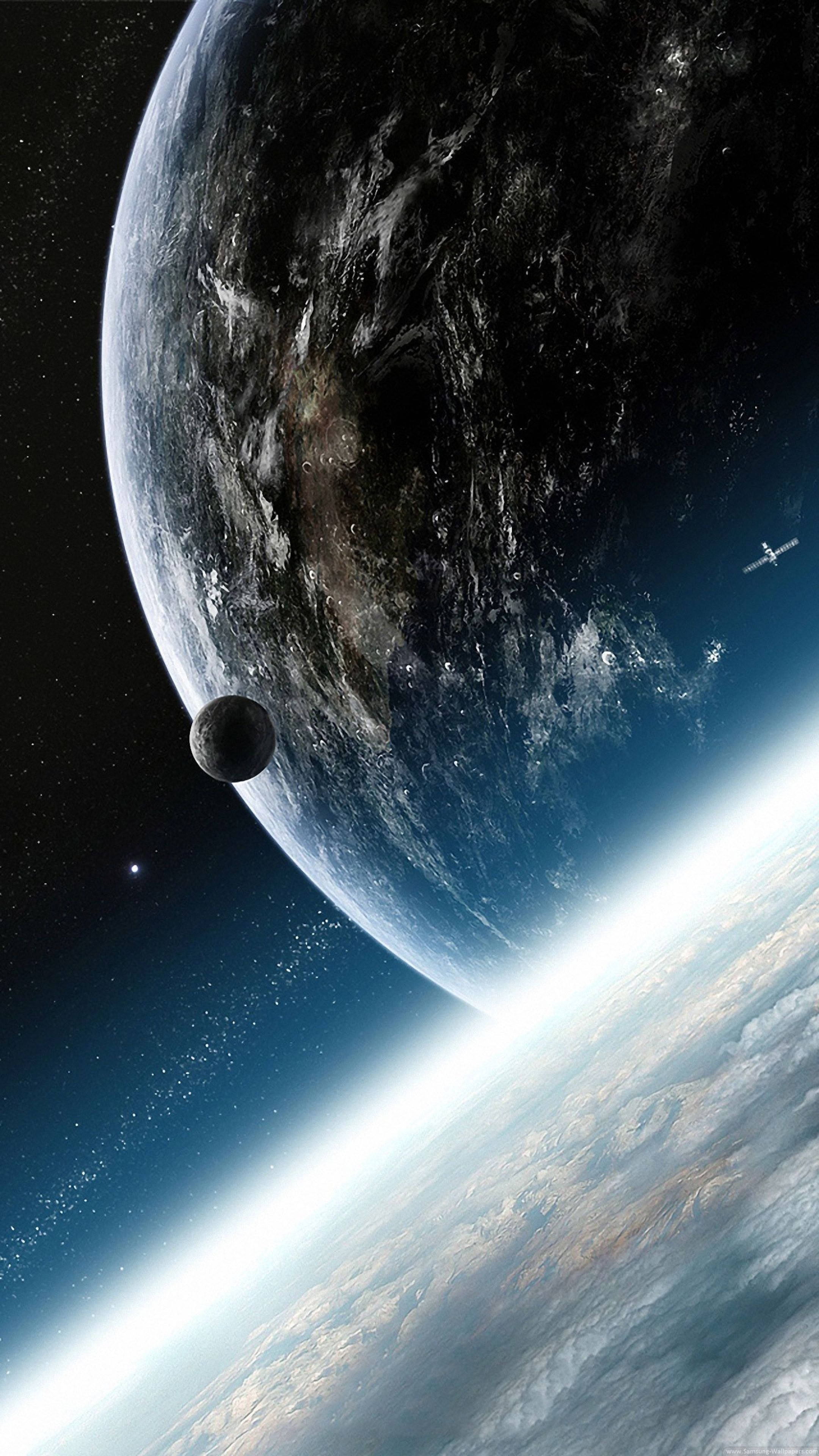
The Norwegian foreign ministry expressed irritation Tuesday with Sweden for not immediately informing it of a research rocket that crashed in Norway, in a rare spat between the two neighbours.
The rocket, which was launched early Monday from the Esrange Space Centre in Kiruna, northern Sweden, plunged into a mountainside in the Malselv municipality in Norway’s far north, about 10 kilometres (six miles) from the closest inhabited area.
No one was injured and no material damage was reported.
“The crash of a rocket like this is a very serious incident that can cause serious damage,” the foreign ministry in Oslo said.
“When such a border violation occurs, it is crucial that those responsible immediately inform the relevant Norwegian authorities through the proper channels,” it said.

The rocket was carrying out experiments in zero gravity at an altitude of 250 kilometres.
“The rocket took a slightly longer and more westerly trajectory than calculated and landed after a completed flight 15 kilometres (9.3 miles) into Norway,” the Swedish Space Corporation said in a statement on Monday.
“Work on retrieving the payload is underway,” it added.
Norway’s foreign ministry also noted that retrieval work was not supposed to begin without Norwegian authorisation, which had not been granted.

Norway’s Civil Aviation Authority said it had learned of the crash from the Swedish Space Corporation’s press release issued on Monday.








